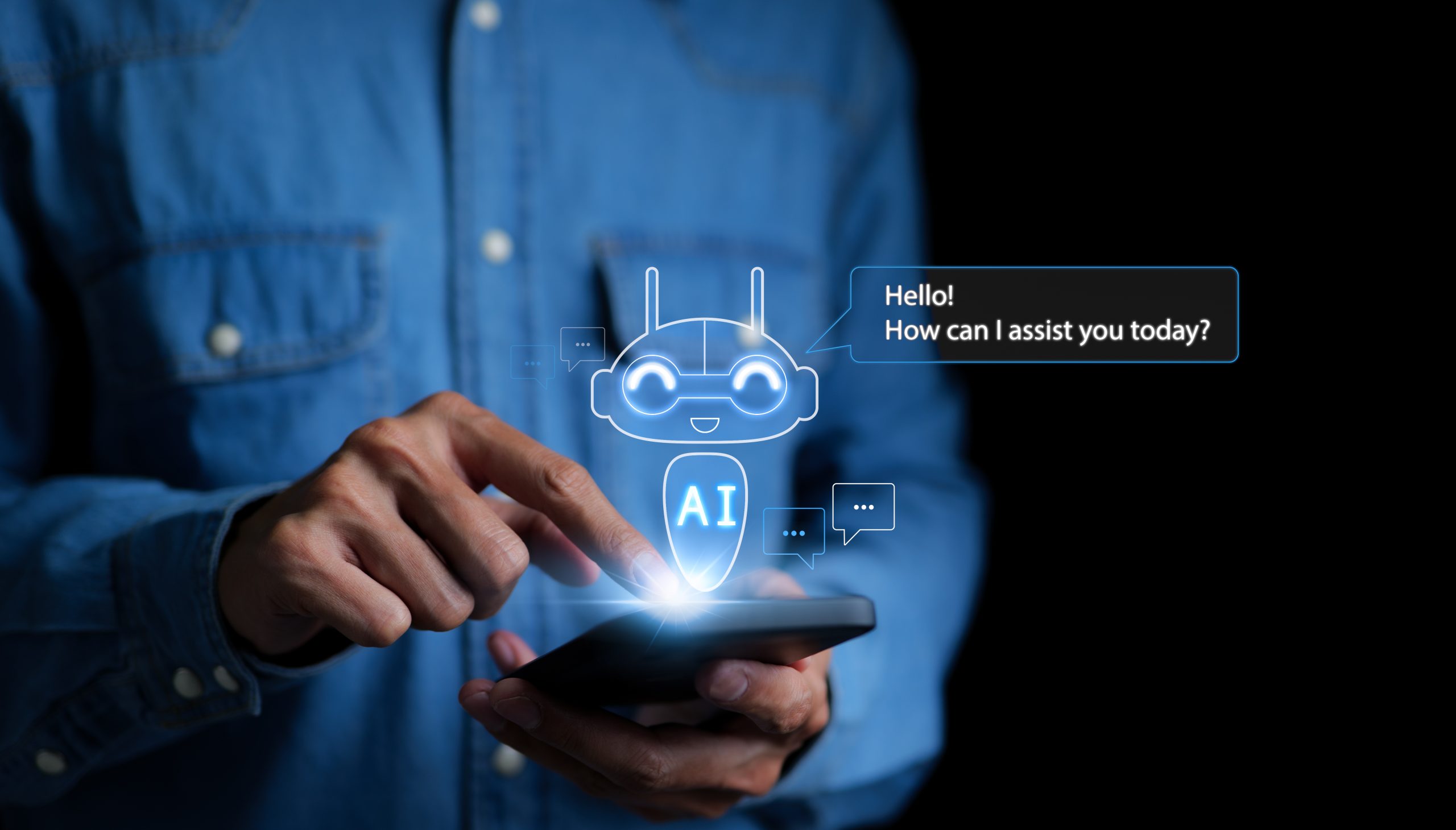Digital Mirrors That Reflect Your Soul

We once used mirrors to check our appearance. Now, we use digital tools to see who we are inside. From AI-driven personality tests to emotion-tracking wearables, technology is evolving into something more intimate than ever before: a mirror not for the face, but for the soul.
But can a machine truly understand your inner self? Can algorithms reflect something as complex, nuanced, and shifting as your identity? Welcome to the era of digital mirrors—a new frontier in self-awareness, data, and psychology.
What Is a Digital Mirror?
A digital mirror is any technology that interprets your behavior, preferences, emotions, or personality to provide insight into who you are. These aren’t literal mirrors, but systems that reflect a version of you, built from data:
- Fitness trackers showing your discipline and routine
- Music streaming algorithms revealing your emotional state
- Language models analyzing how you speak or write
- Social media patterns exposing your values and triggers
- AI-powered therapy tools reflecting your cognitive habits
In short, digital mirrors turn data into self-portraits—sometimes more honestly than we dare to draw ourselves.
The Psychology of Digital Reflection
Traditional self-reflection is flawed by memory, bias, and emotion. Digital mirrors offer a form of cold clarity: they track, quantify, and surface insights we often ignore.
Examples include:
- Mood detection through voice or facial expression
- Predictive analytics that sense burnout before you notice it
- Smart journaling apps that highlight recurring thought patterns
These tools provide objective feedback—not based on feelings, but patterns. The result? A form of automated introspection.
When the Mirror Shows Too Much
Digital mirrors can be powerful, but they come with risks:
🔍 Over-Quantification
Reducing your soul to data points—heart rate, screen time, word choices—can feel dehumanizing.
😨 Unwelcome Truths
You may discover things you’d rather not know: emotional volatility, addiction, insecurities.
👁️ Surveillance Disguised as Reflection
What feels like self-knowledge may also be data harvesting. Who owns the mirror, and who watches through it?
Identity Through Algorithm
A digital mirror is not a neutral surface—it reflects based on what it’s been trained to value. An algorithmic reflection might tell you you’re “low in openness” or “high in neuroticism,” but it’s still a model—not a full truth.
That raises questions:
- Do we become who the algorithm says we are?
- Can identity be shaped—or limited—by feedback loops?
- What happens when AI knows you better than your friends do?
Digital mirrors may start as tools of self-discovery, but they can also become tools of conformity.
Soulful Design: Making the Mirrors Better
If we’re going to use digital mirrors, we should design them to respect human complexity, not reduce it.
- Prioritize privacy and consent
- Allow for nuance and contradiction
- Emphasize growth, not judgment
- Treat feedback as starting points, not final definitions
A good mirror doesn’t just show you—you—it helps you see who you could become.
Conclusion: Reflections Beyond Glass
In the end, digital mirrors aren’t magic. They don’t hold souls or speak universal truths. But they do offer new ways to understand ourselves—if we use them wisely.
Your digital self is a reflection, not a replacement. A map, not the territory. And like any reflection, it’s shaped by light, angle, and perspective. So look closely—but remember: what you see isn’t all you are.



